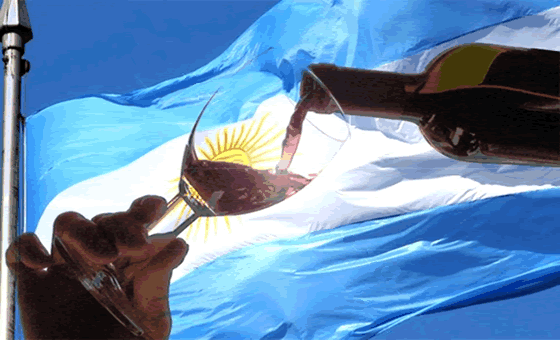The wine industry in Argentina is undoubtedly a very important activity. Consumes 29 liters of wine per capita annually and there are 948 bodegas. For that reason, it is the fifth largest producer of wine. On 24 November 2010 under the government of Cristina Fernandez de Kirchner, he was declared national drink by decree. It stands to himself as a “consumer food product, for its proven nutritional qualities, Integrates the basic family basket of different social, cultural and economic groups in the country”. For this reason, all on November 24 this national holiday is celebrated. On July 3, 2013 it became law.
The processors provinces of wine in our country were always San Juan, Salta, La Rioja, Córdoba, Catamarca and in recent decades Neuquen, Rio Black, Entre Rios, Chubut, Buenos Aires and Santa Fe. Of these provinces, Mendoza is the quantitatively produces more wine, concentrating around 60% of domestic wine production. As the wine is representative for the province of Mendoza, which in 2012 was declared International Wine Capital along with other countries that are ahead in this industry, Mendoza being the world’s largest producer of Malbec.
The wine geography ranges from Salta to Patagonia, with almost 230,000 hectares cultivated. The Ministry of Agriculture, Livestock and Fisheries has the task of spreading the cultural characteristics that relate to its production, processing and consumption, and promote the image and logotype of Argentine wine in all kinds of official events at home and abroad and develop regional economies from actions related to the wine sector.
Therefore, since 2014 the National Institute of Viticulture (INV) declared the mandatory use of isologotipo “Vino Argentino National Drink” or equivalent text, which must be added on the label of all wines produced domestically, either for domestic and international markets. This demonstrates the importance of our industry to the wine industry, being a determinant factor the development of tourism, gastronomy, hospitality and related industries.






